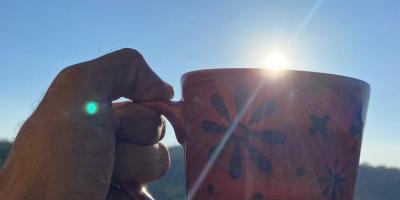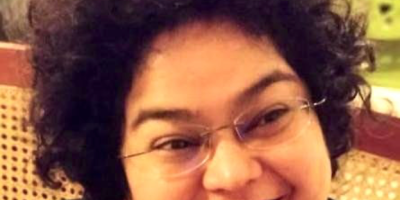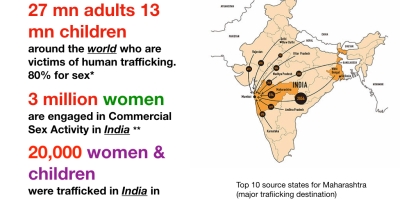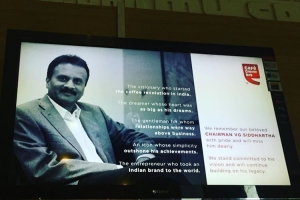


Unfair

Life Lessons from the Ocean

नए साल की पहली चाय (The First Tea of the New Year)
Book Review: Midnight Journey of a Seed

To the year that would rest now

Can Poetry Heal Collective Trauma?

The Magician Named Sonali Ojha

Indian Migrant Crisis: a call for societal transformation or an irreversible collapse?

A long road of inhumanity

Virus & the stories we tell

Sacred Fire

Longing for Dignity

Death of an Entrepreneur: Part 2: “Grandiosity and Shame”

Death of an Entrepreneur: Part 1: “Our Collective Blindspot”

Indian Leadership Crisis- a compromise of conscience!

Decolonizing the Collective Wisdom of our Bodies
Anatomy of an emotional storm

Subtle violence of new year resolutions
